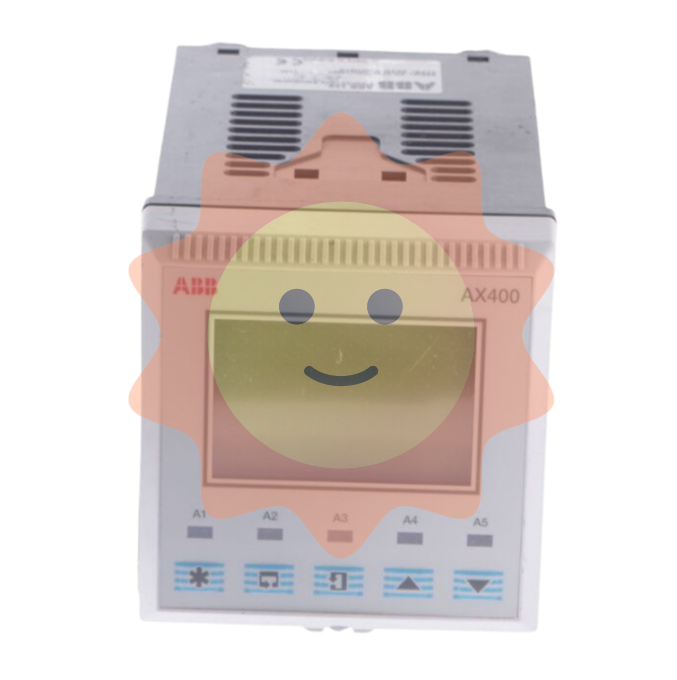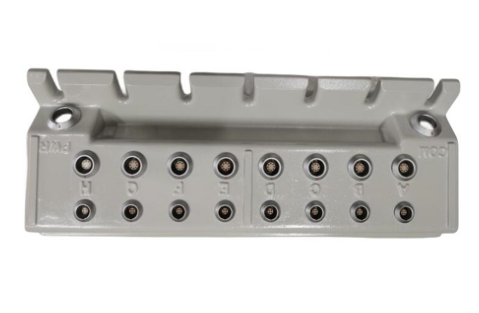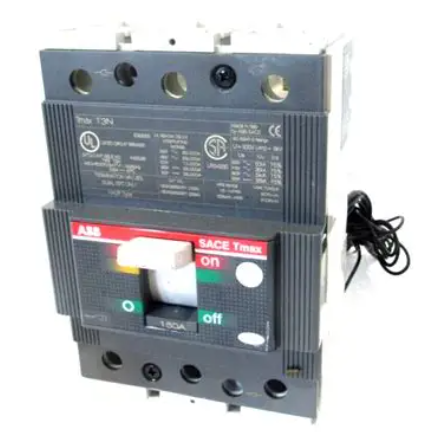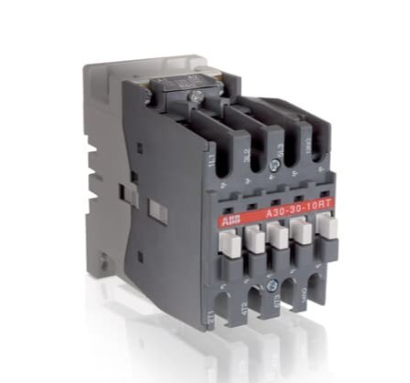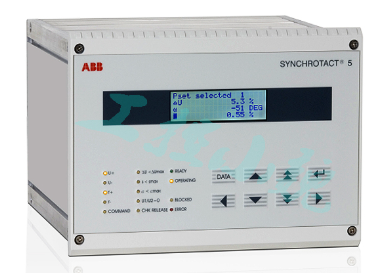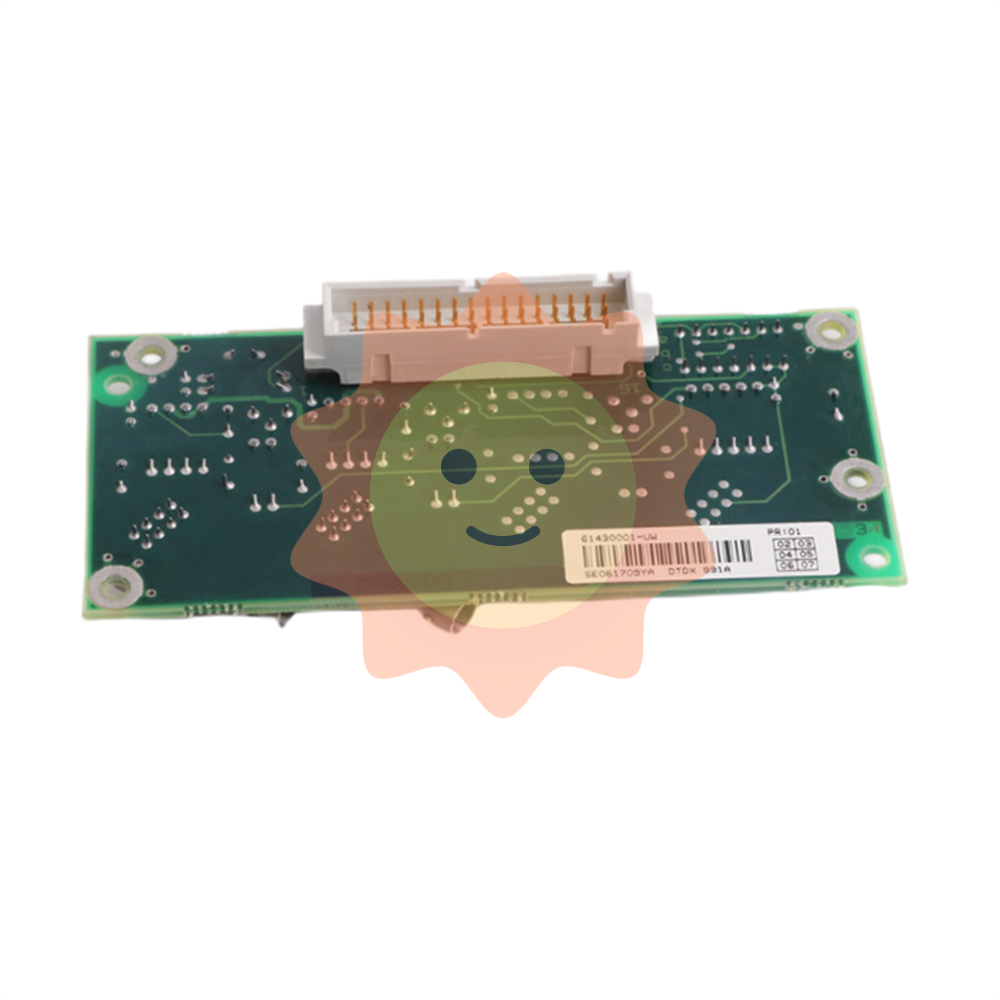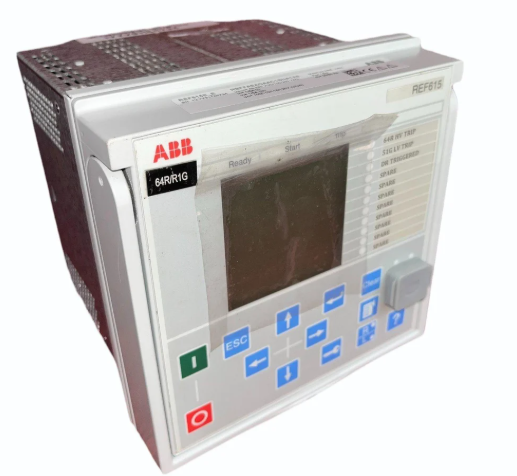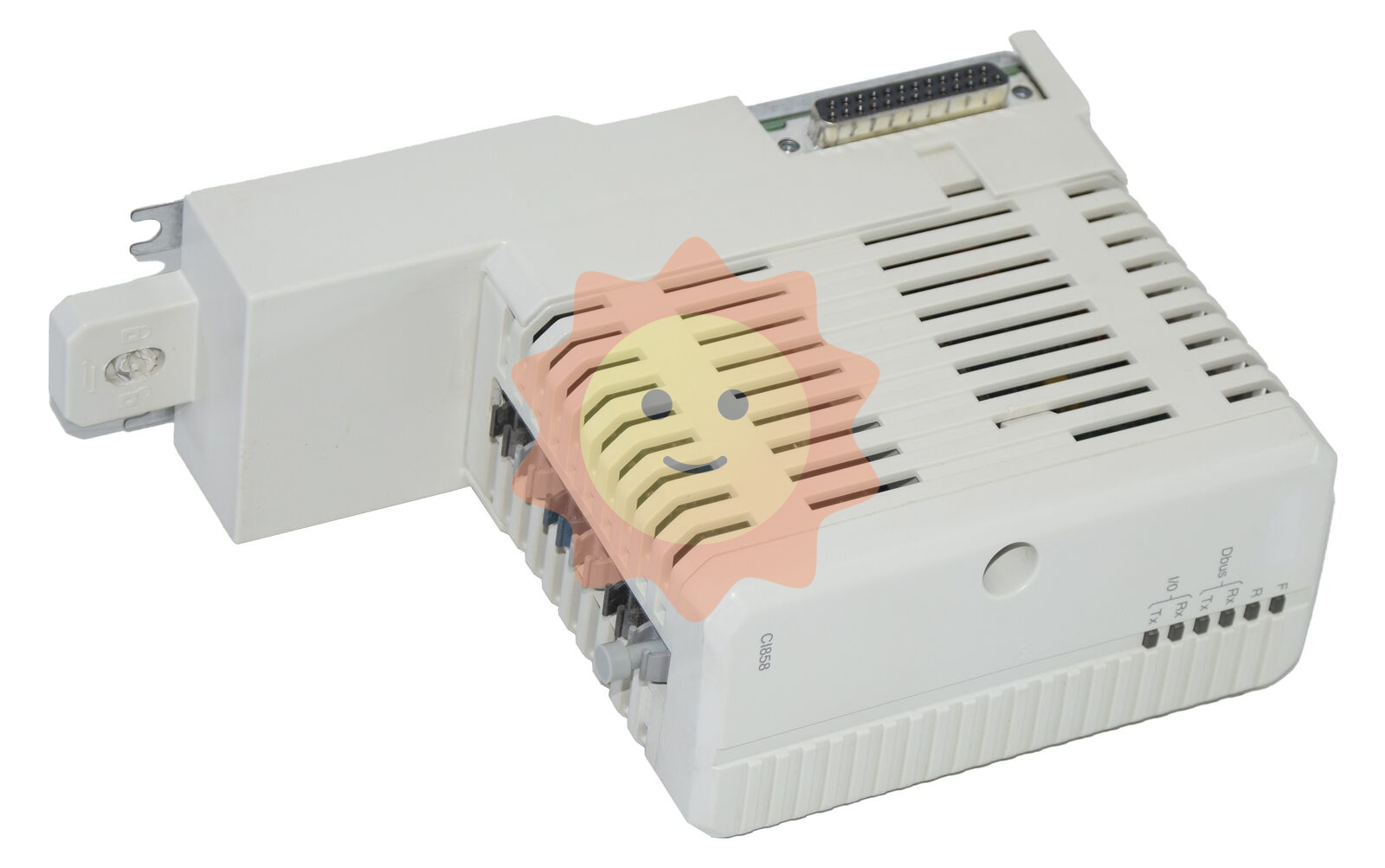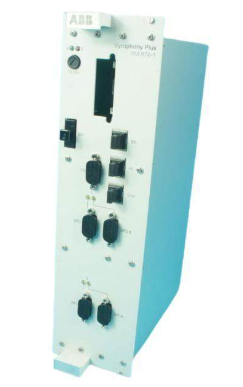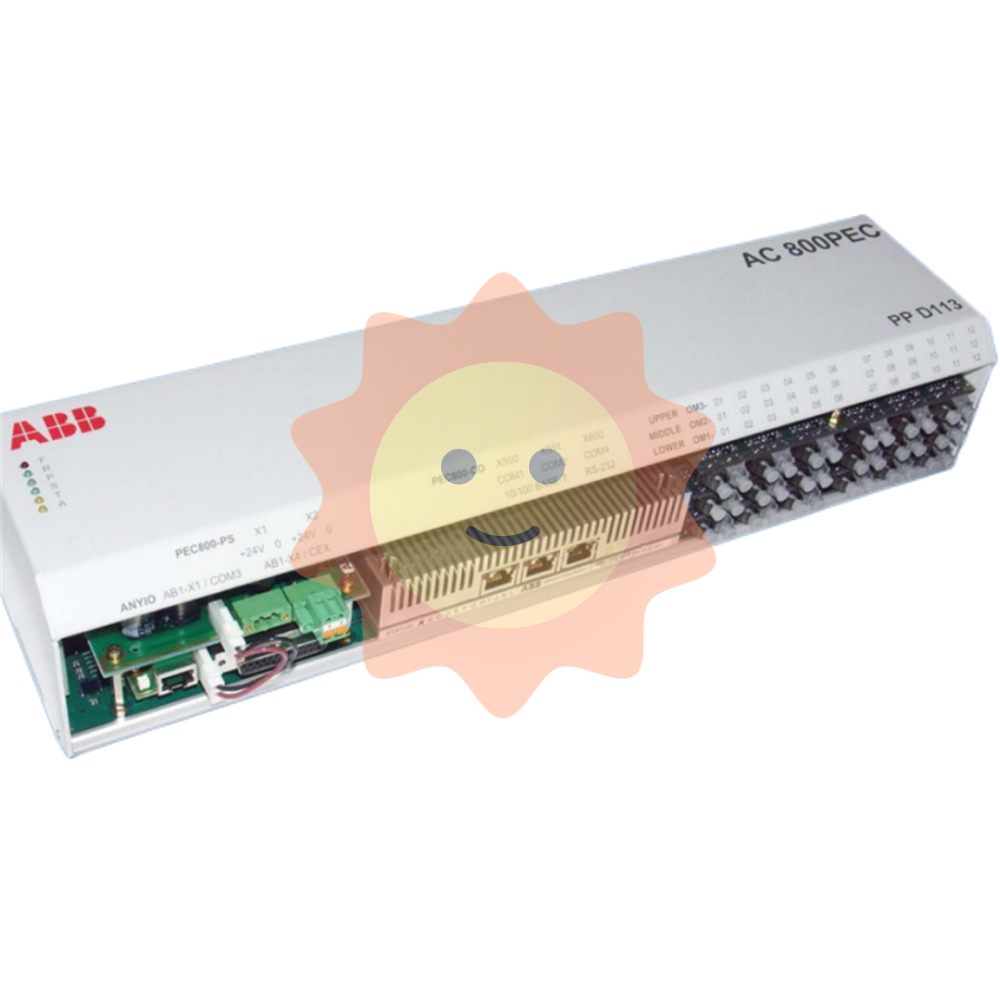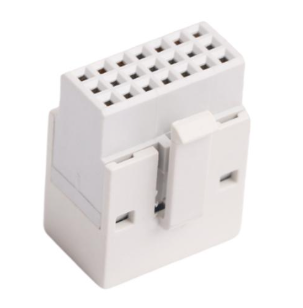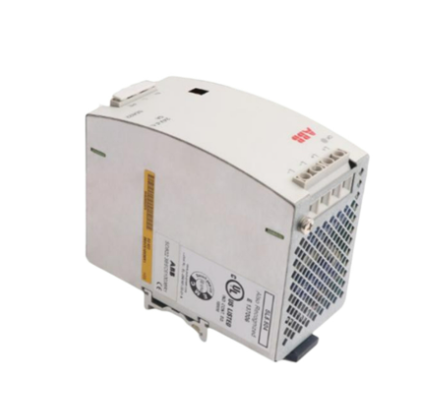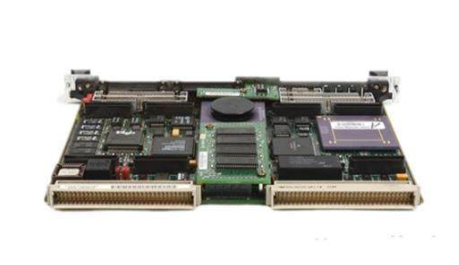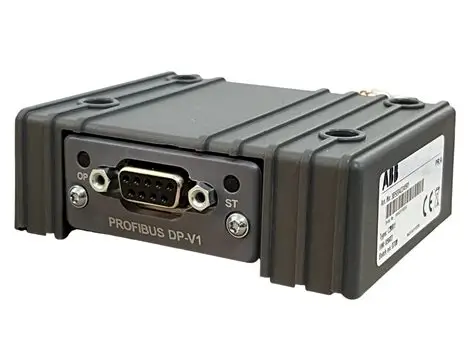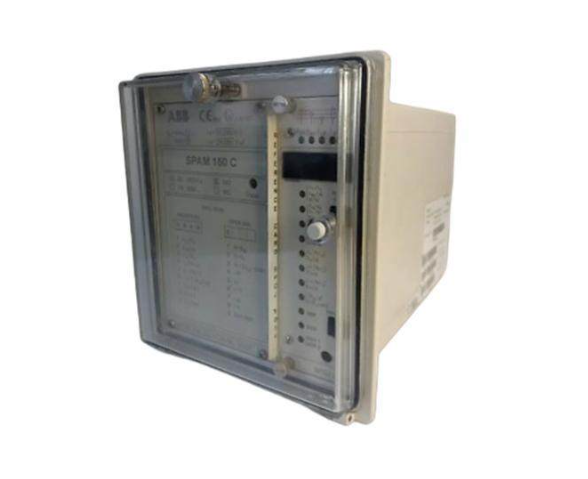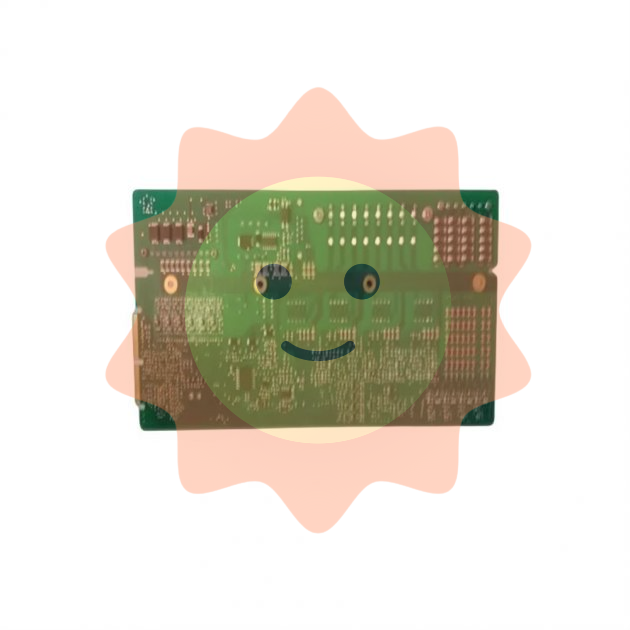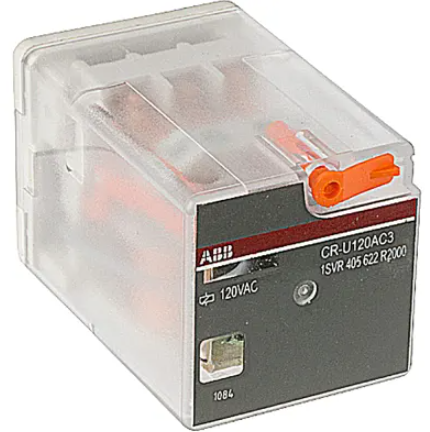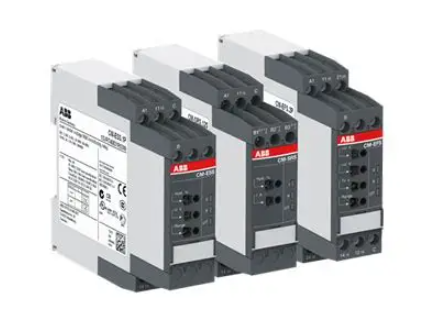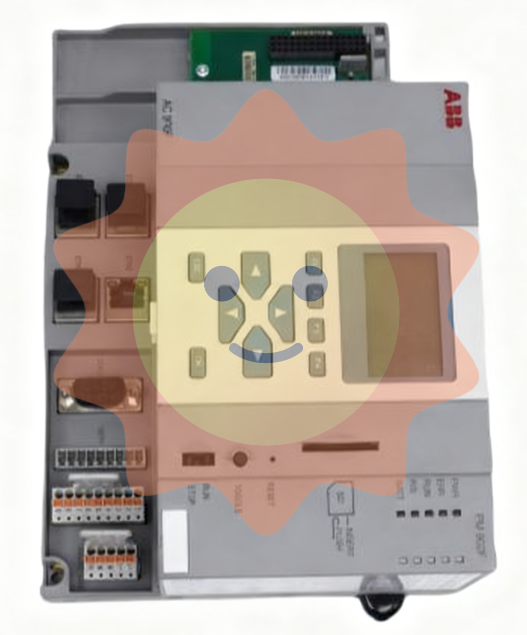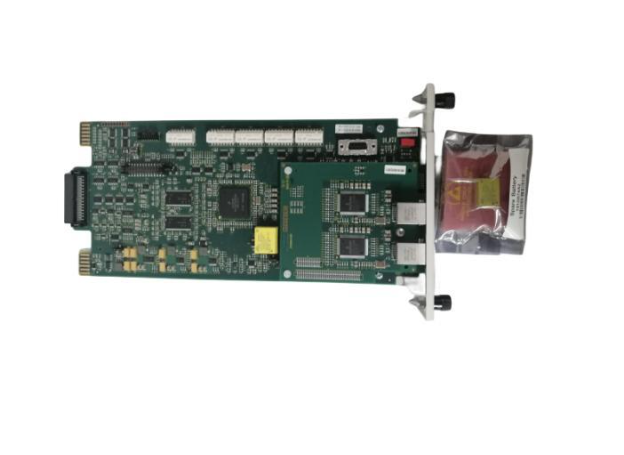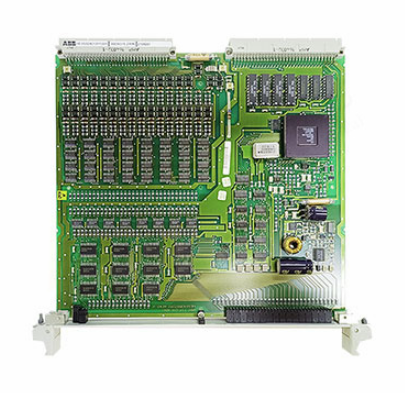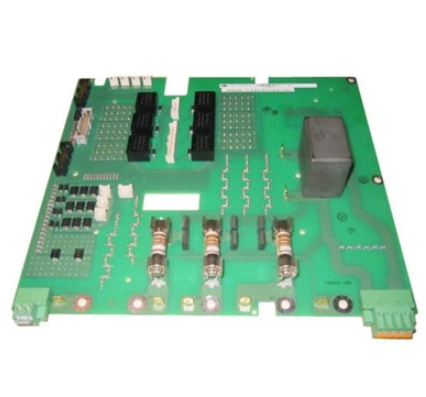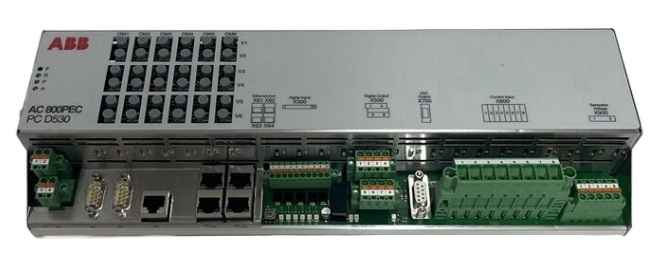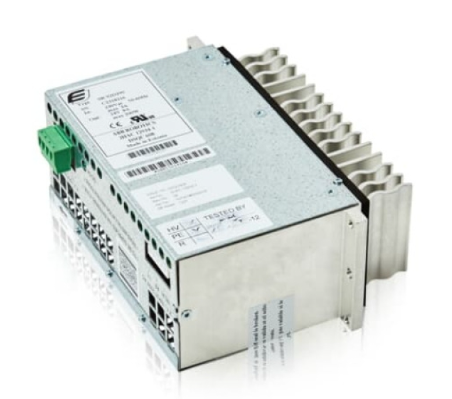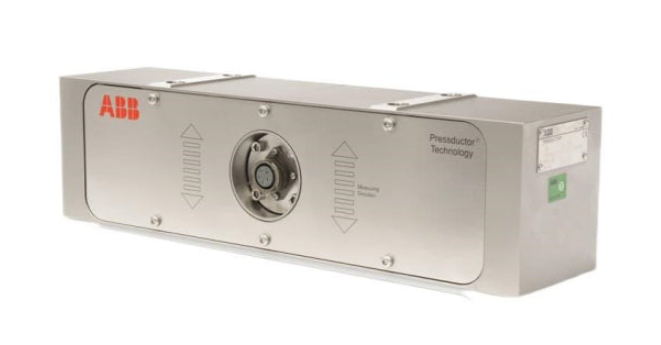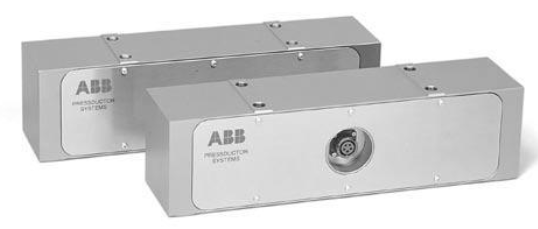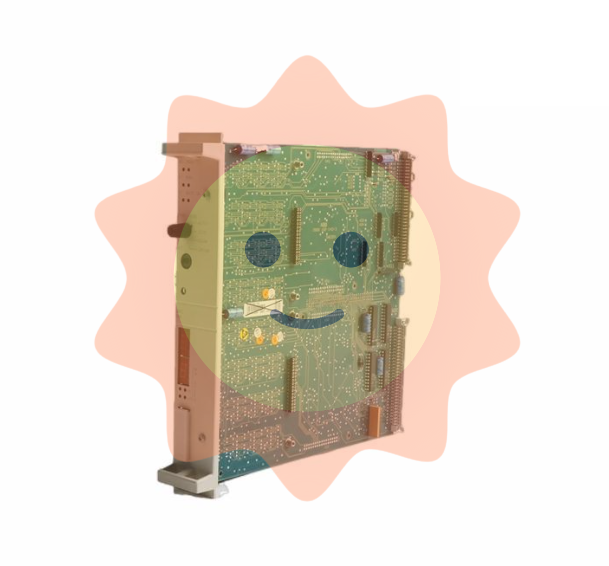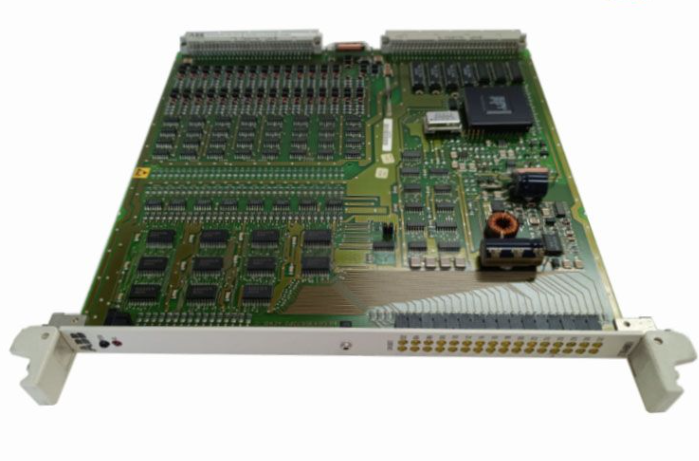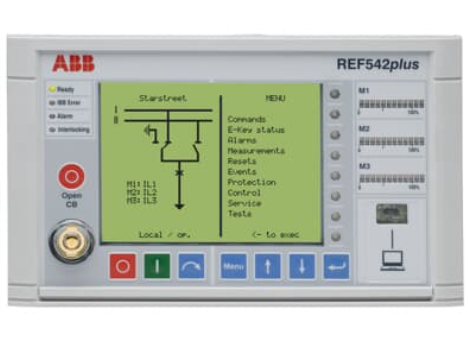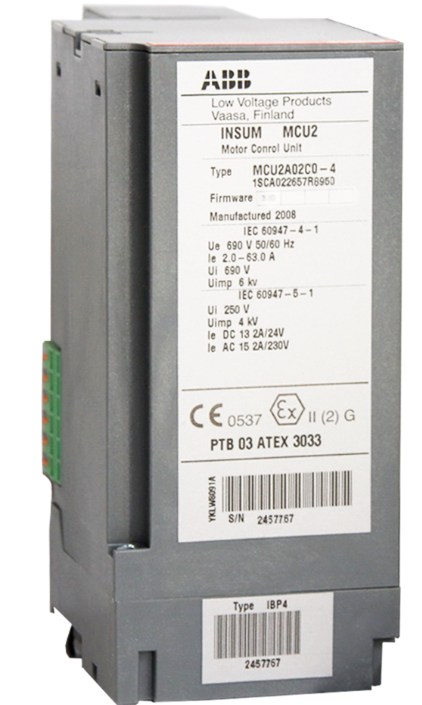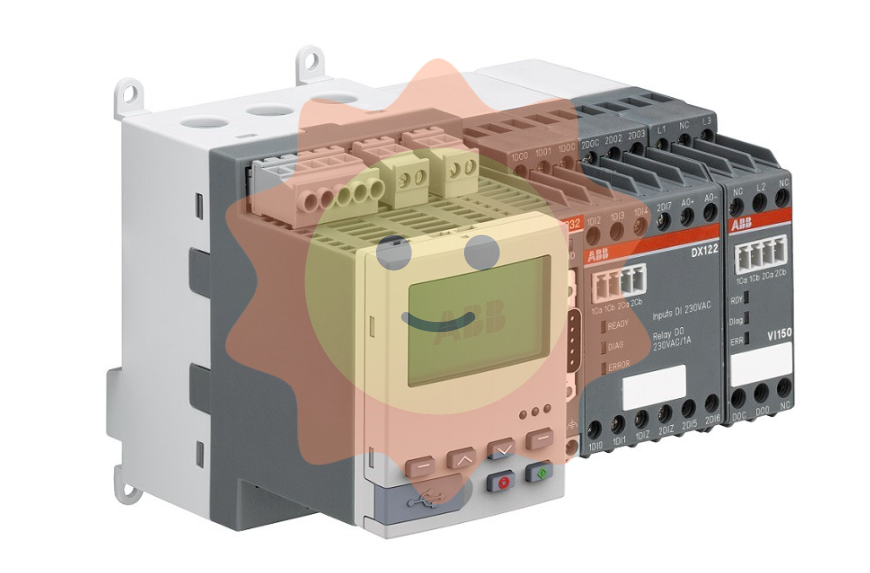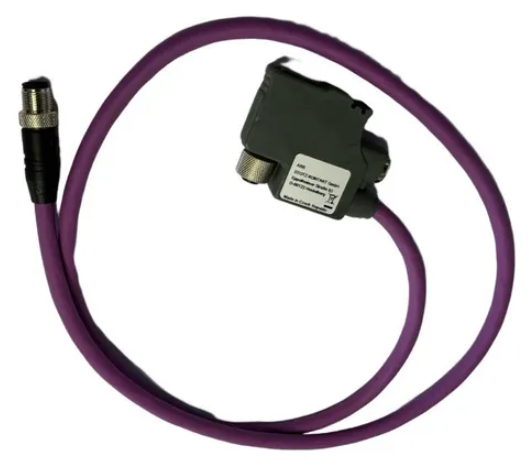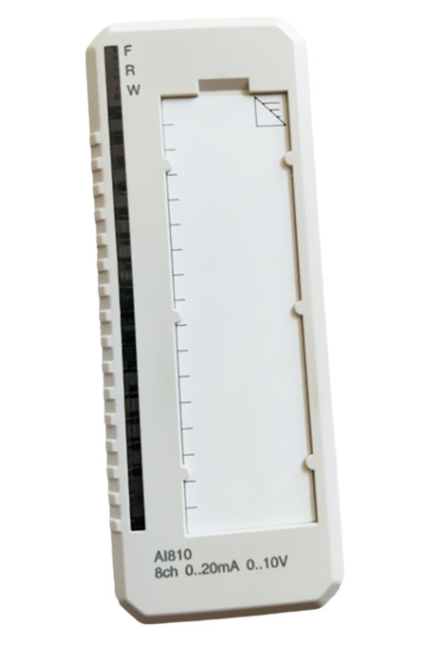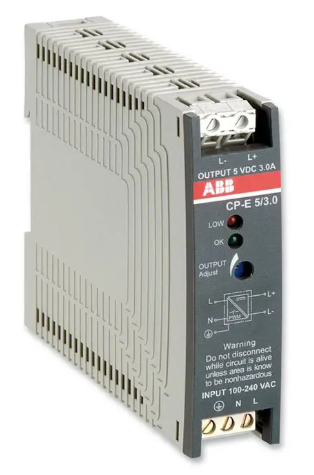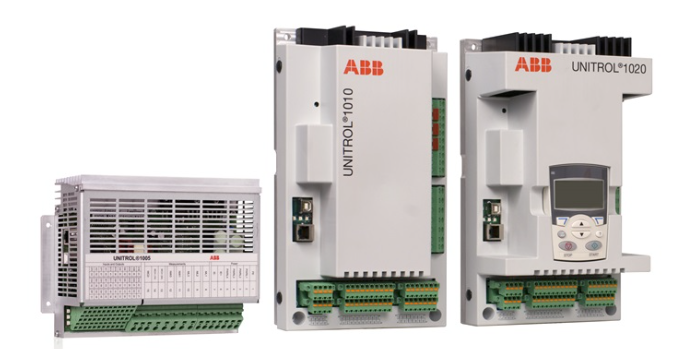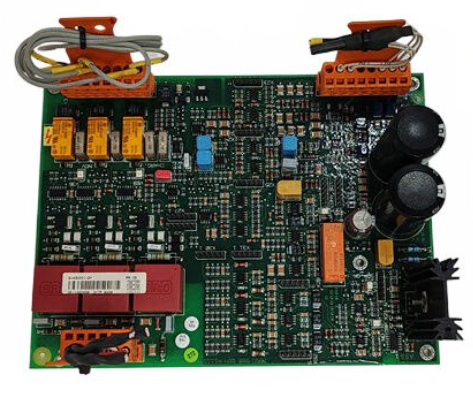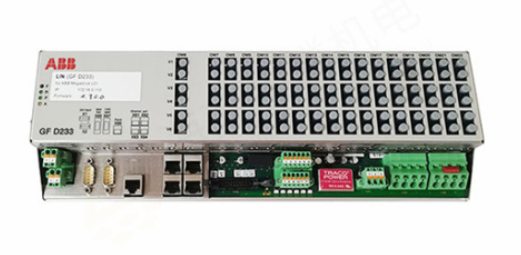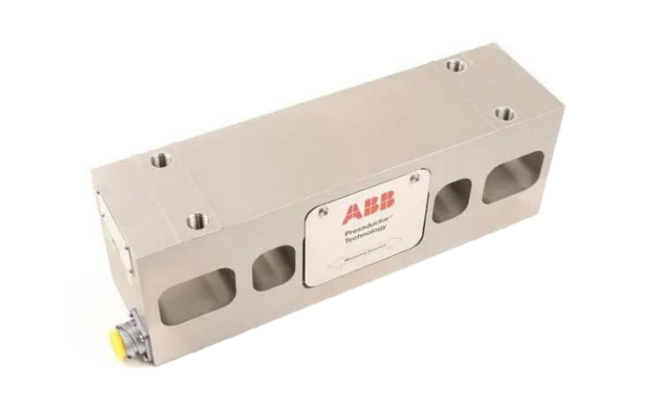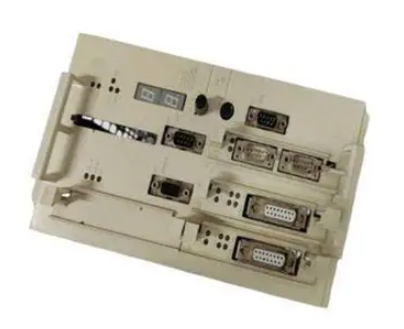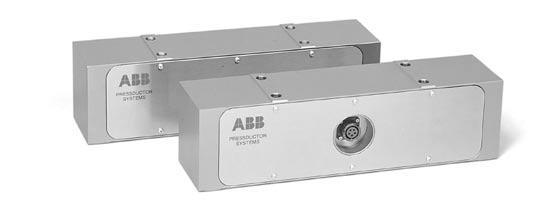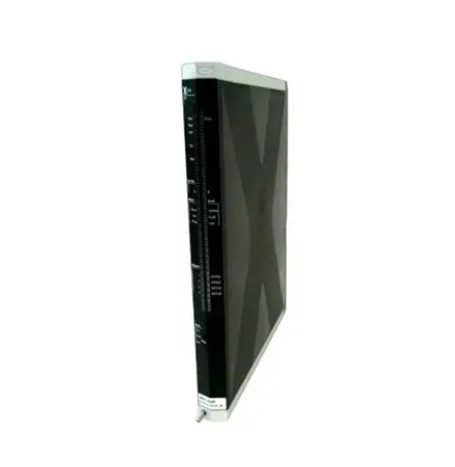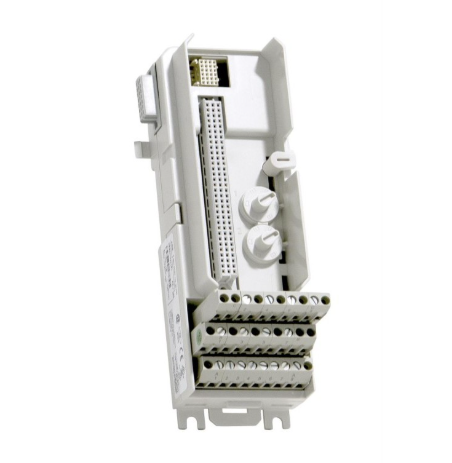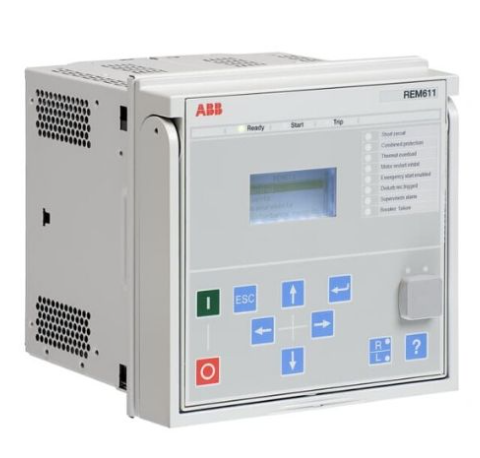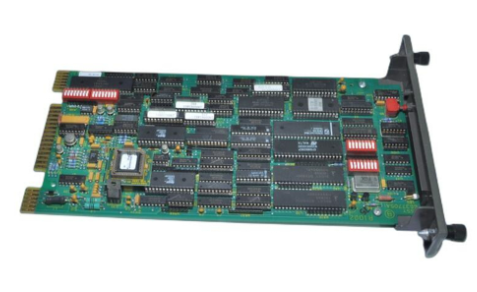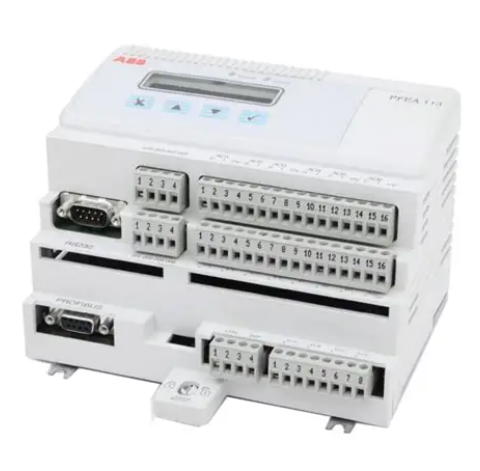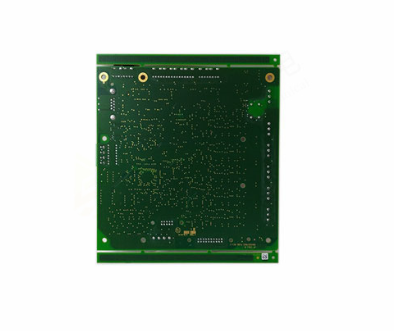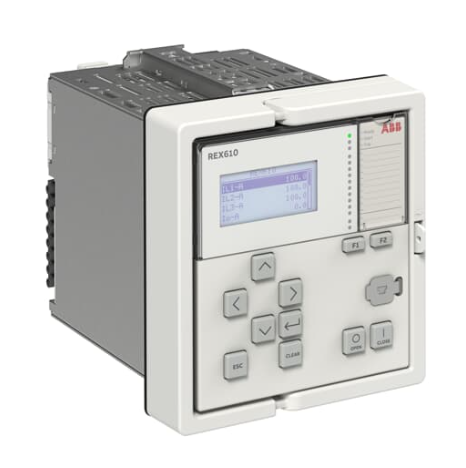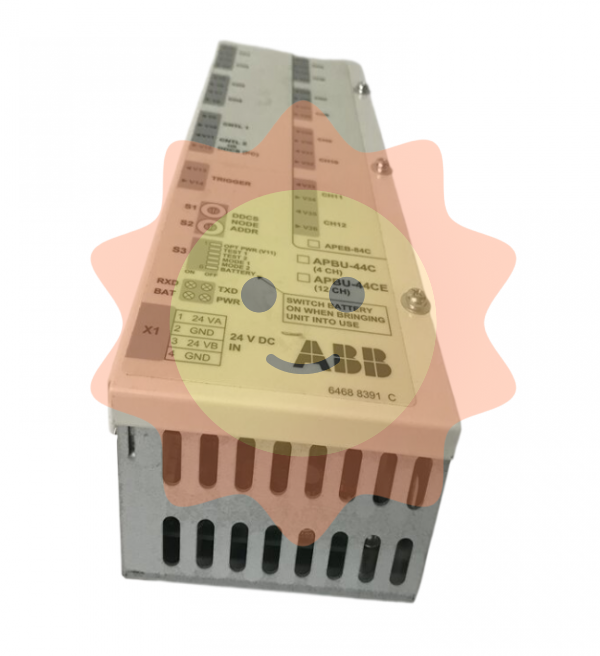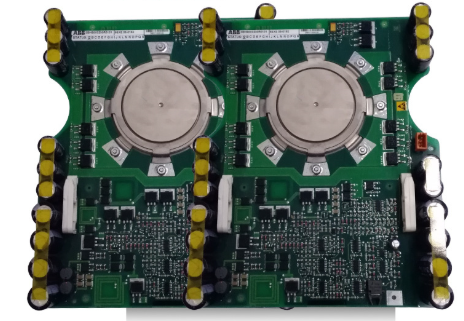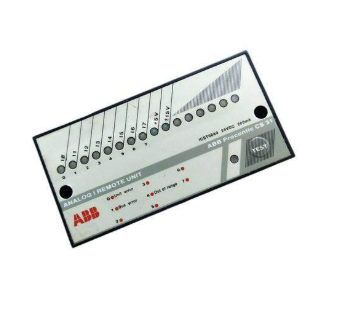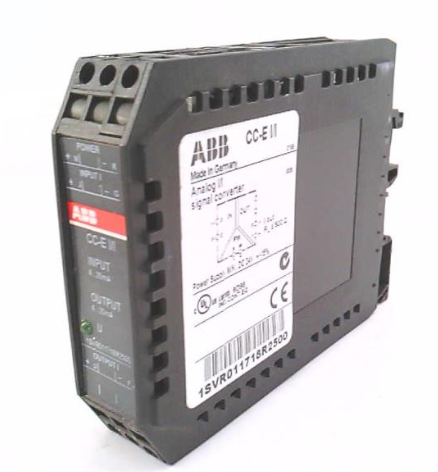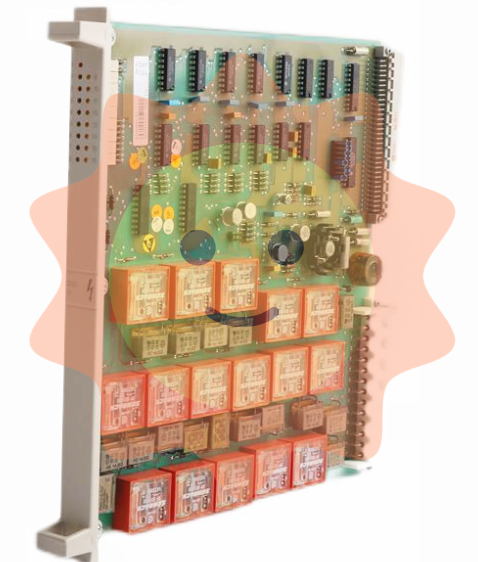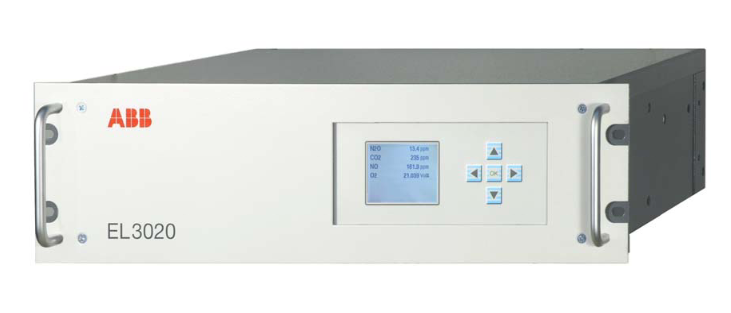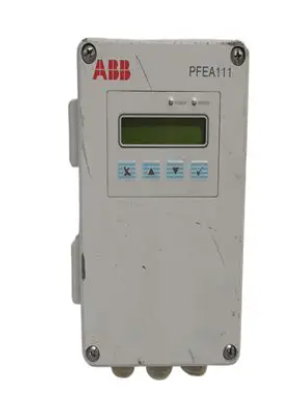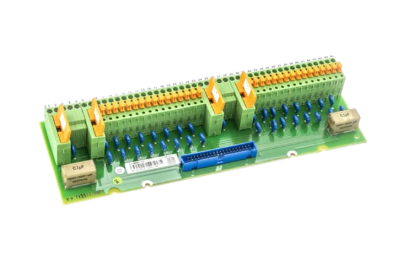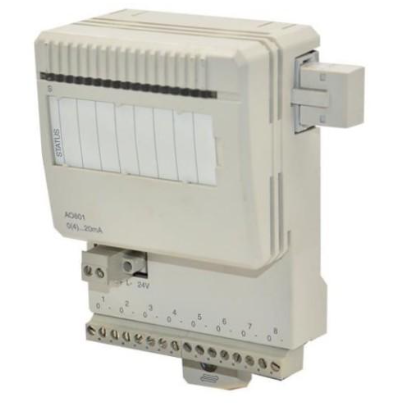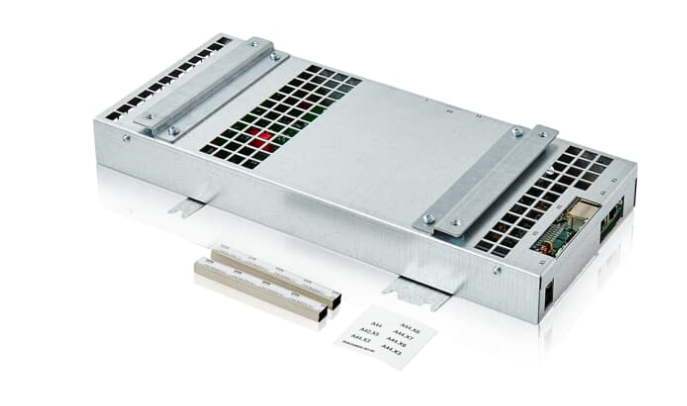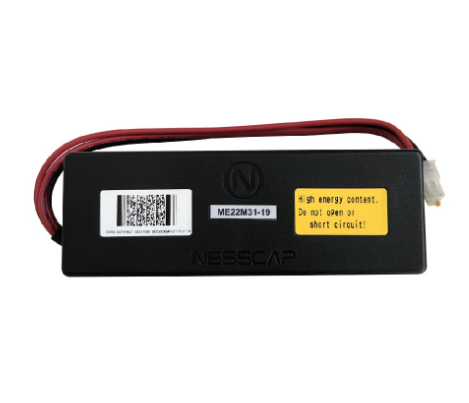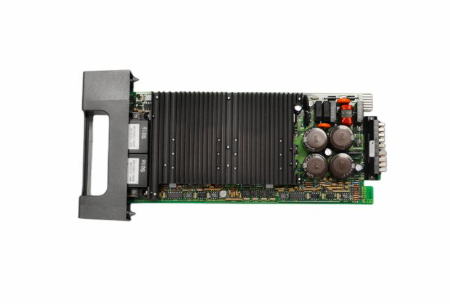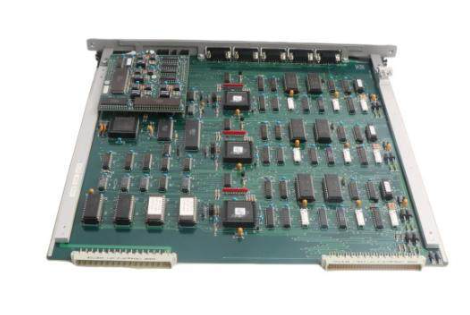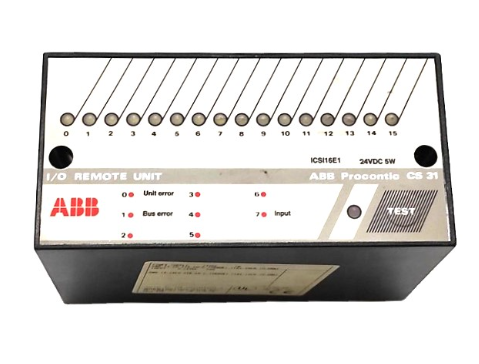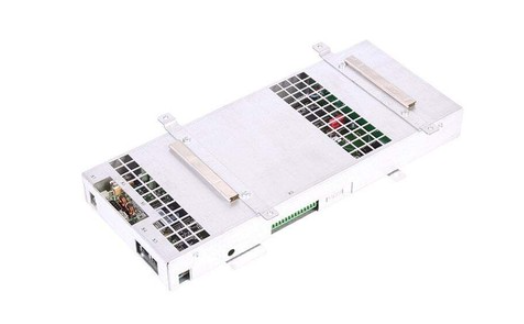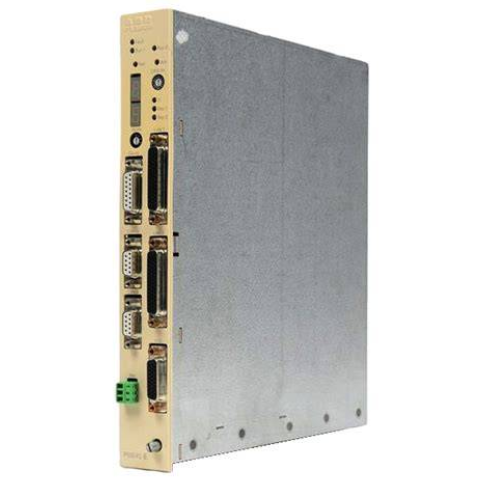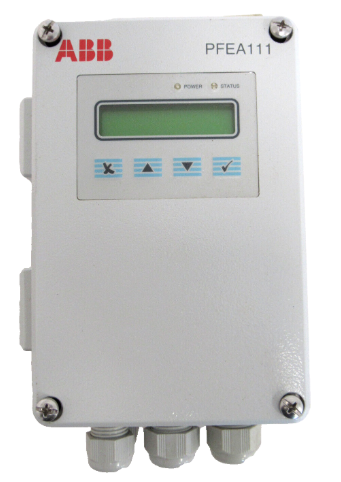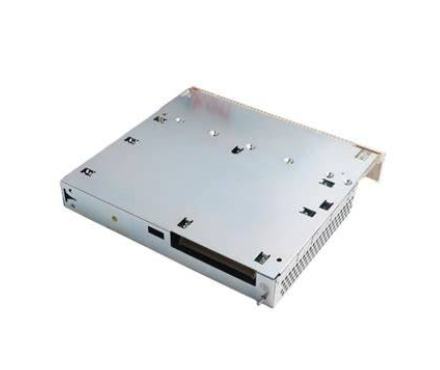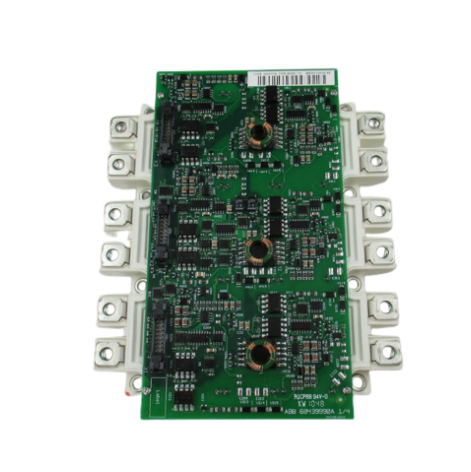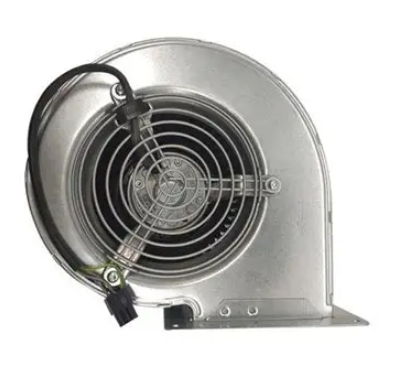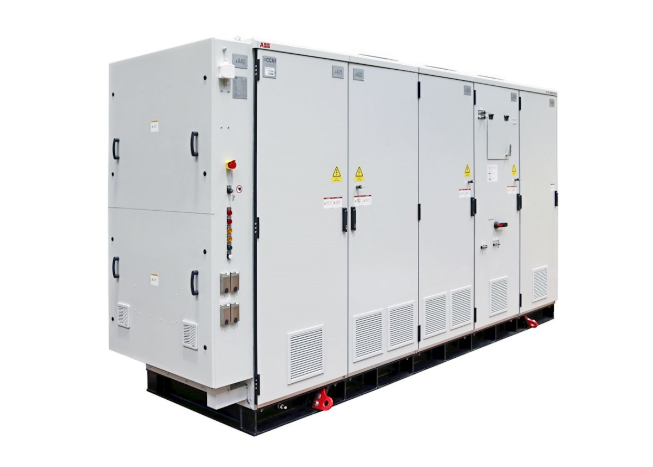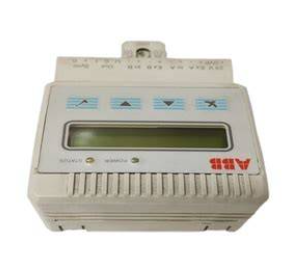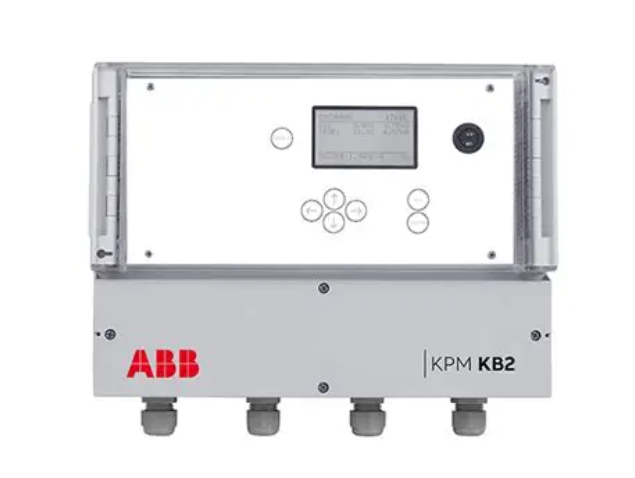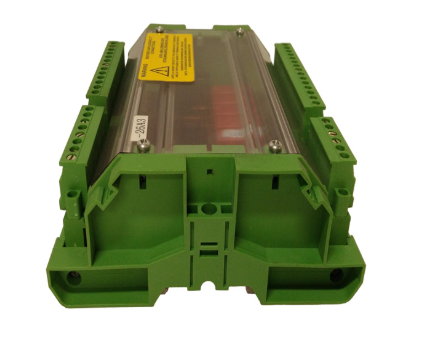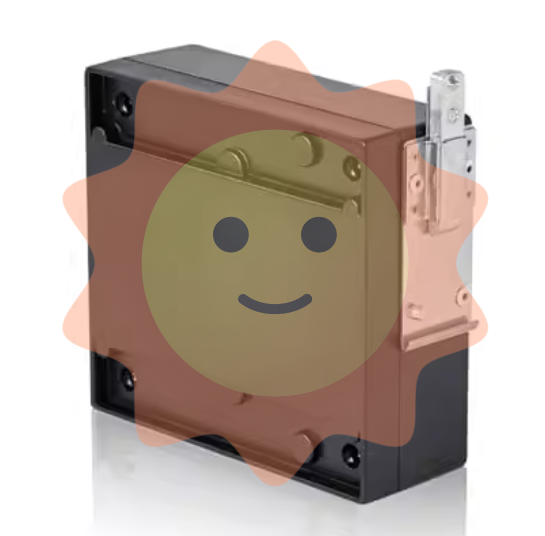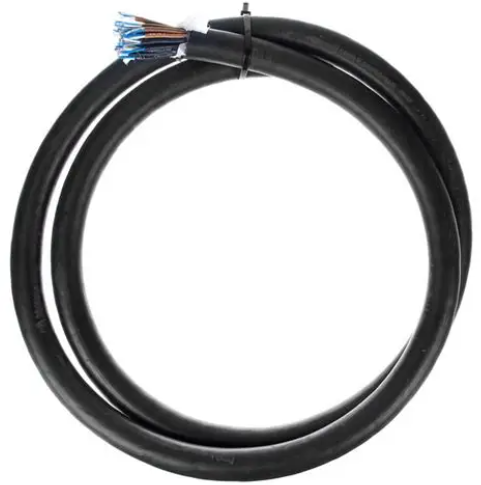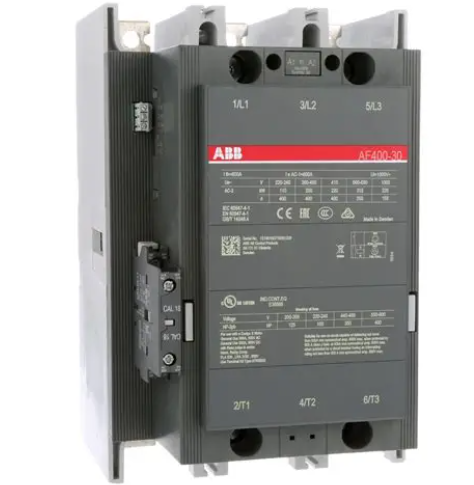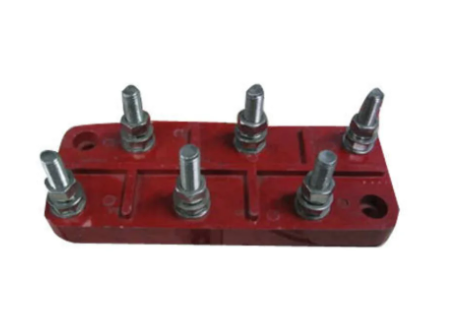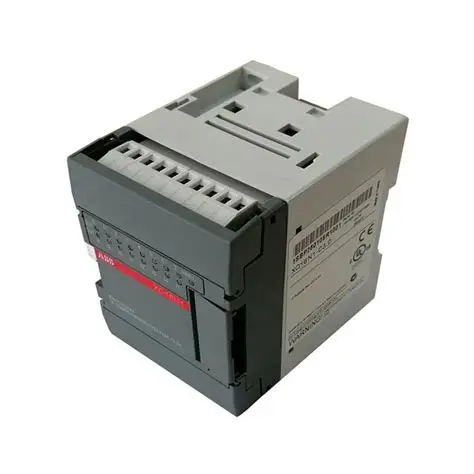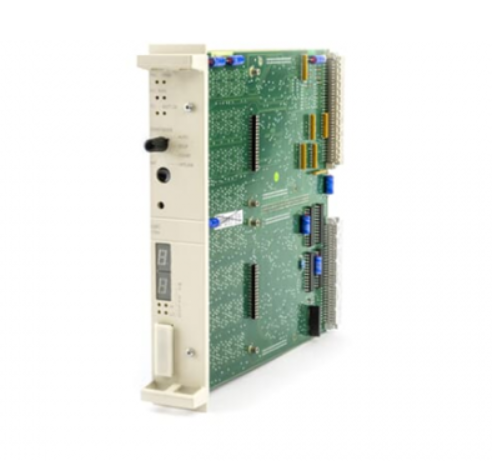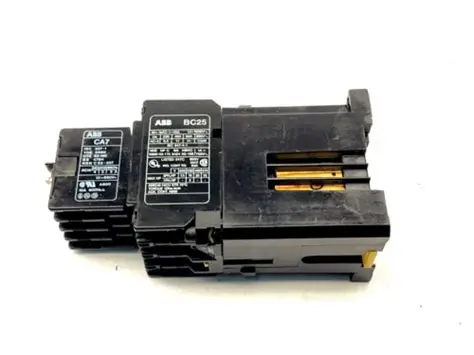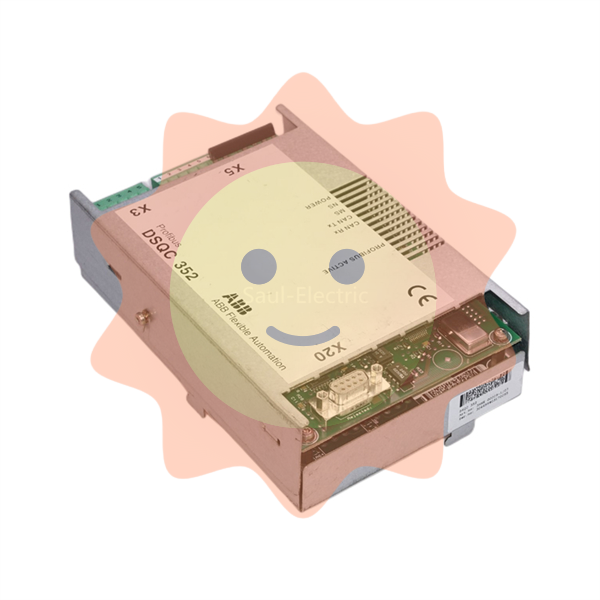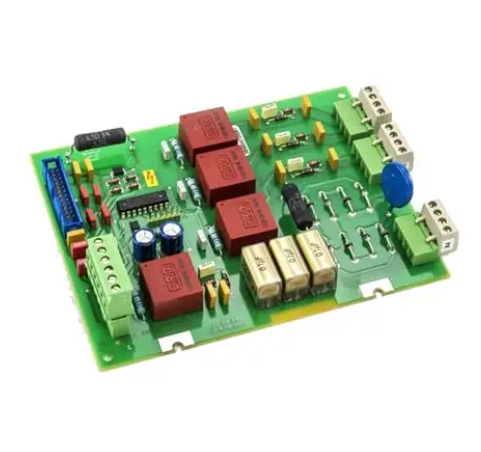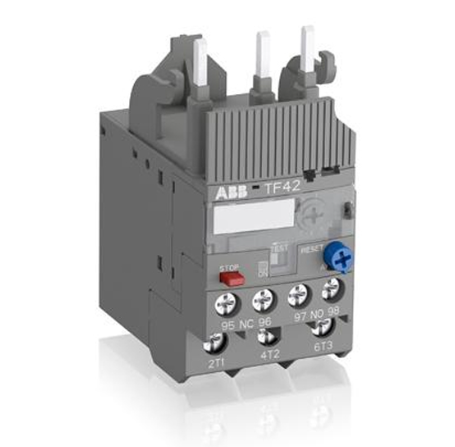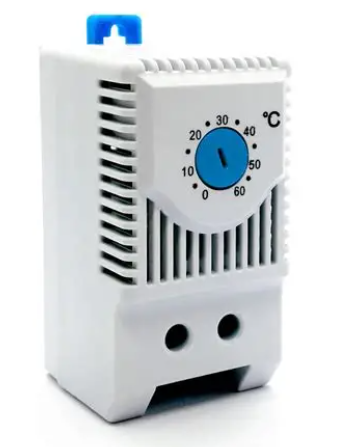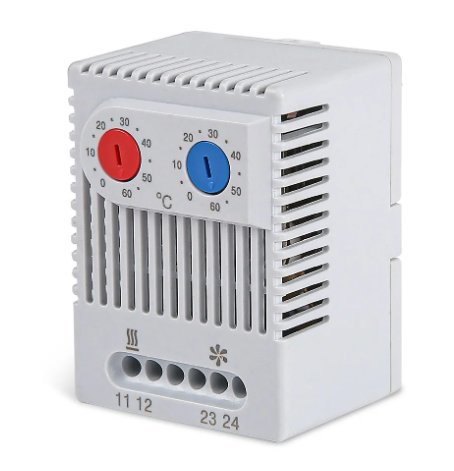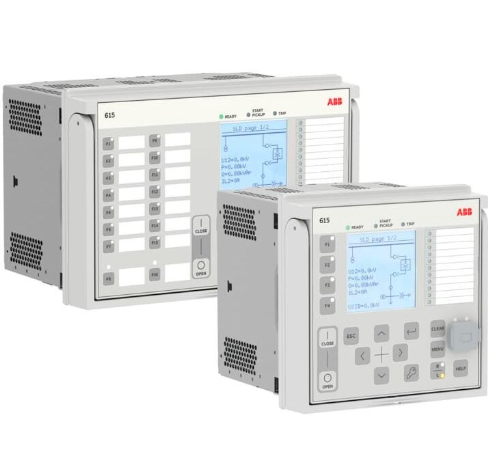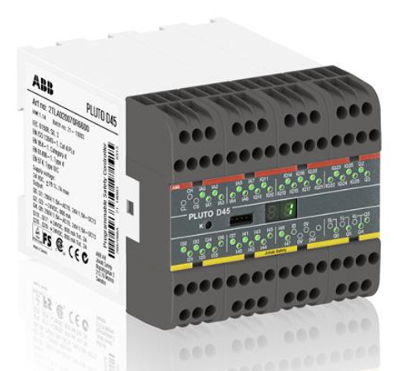AB 1794-L34 FlexLogix Controller System User Manual
AB 1794-L34 FlexLogix Controller System User Manual
IMPORTANT INFORMATION AND SAFETY NOTE: Solid-state equipment has different characteristics than electromechanical equipment and should be used in a manner that ensures application compliance. Rockwell Automation is not responsible for consequential damages arising from the use of the equipment, and the contents of this manual may not be reproduced without permission. The manual contains a variety of safety tips, such as operating in hazardous environments, risk of electric shock, and more.
System Design and Hardware Installation
Design Steps: Designing a FlexLogix system involves determining the network configuration and component locations, and selecting the appropriate I/O devices, communication cards, controllers, power supplies, and software.
Hardware Installation: Installation steps include mounting DIN rails, power supplies, batteries, communication cards, and connecting serial ports. The installation process requires attention to grounding, use of appropriate cables, and adherence to specifications.
Network Communication
Supported Network Types: EtherNet/IP, ControlNet, DeviceNet, serial, DH-485 and third party networks are supported. Different networks have different communication methods, required software and hardware, and have different numbers of connections and configuration methods.
Data interaction: The controller can produce (broadcast) and consume (receive) data, as well as send and receive messages over the network. Connections need to be planned appropriately to optimise communication performance.
I/O Configuration and Management
Module Selection and Placement: Select the 1794 FLEX I/O modules according to your needs, determine their location in the local or distributed network, and select appropriate power supplies.
Configuration and Monitoring: To configure an I/O module, set parameters such as Request Packet Interval (RPI), Change of State (COS), communication format, and electronic keying. The I/O module status can be monitored through the programming software and the module can be reconfigured if necessary.
Application Development
Task and programme management: Scheduling and prioritising the execution of programmes using multiple tasks, with task types including continuous, cyclic and event tasks. Programs consist of tasks, program tags, master routines and other routines.
Programming and Monitoring: Supports multiple programming languages such as Ladder Diagram (LD), Function Block Diagram (FBD), Sequential Function Chart (SFC) and Structured Text (ST). Controller status and connection status can be monitored via GSV and SSV commands.
PhaseManager Configuration: PhaseManager provides a state model for the device, dividing the device's operating cycle into different states and controlling state transitions through commands. It is used to meet specific system requirements, and different states and transitions have clear definitions and roles.
Battery Maintenance: Introduces battery storage, life estimation and replacement methods. Environmental conditions should be taken into account when storing batteries, warnings are given when batteries are low, they need to be replaced at the specified time, and specific precautions should be followed when replacing them.
System Status Indication and Backup
Status Indicators: Controller LEDs indicate the status of Run, Force, Battery, I/O, etc., reflecting system conditions through different colours and blinking patterns.
DeviceNet Backup: FlexLogix's backup system on DeviceNet utilises shared master technology for fast switchover in the event of a controller failure. Backup systems have specific hardware and software requirements and need to be configured and programmed accordingly.
Technical Specification Parameters
Hardware Specifications
Processor and Memory: Equipped with a high-performance processor (such as the 5434 processor) and 512KB of user memory for storing user programmes and data, it can meet the storage requirements of a variety of industrial automation applications. When dealing with small equipment control programmes, it can stably store programme codes and data during operation.
Communication interface: 1 RS-232 serial port, supporting ASCII and DF1 protocols, can be used to connect barcode readers, operator terminals and SCADA systems. There are also two slots for installing 1788 communication cards, which can be used to communicate with Ethernet/IP, DeviceNet and ControlNet networks after installing the corresponding communication cards.
Electrical Specifications
Power Requirements: External 24V DC supply from 19.2 - 31.2V DC (including 5% AC ripple). CSA-compliant Separated Extra-Low Voltage (SELV) power supplies such as 1794 - PS3 or 1794 - PS13 are available to meet specific standards.
Current parameters: Input current max. 0.85A at 24V DC, max. 1.33A at 19.2V DC, Flexbus current output max. 653mA at 5.1V DC.
Power and Thermal Dissipation: Power dissipation is 25.5W at 19.2V DC and 20.4W at 24V DC; thermal dissipation is 87BTU/hour at 19.2V.
Isolation Voltage: Isolation voltage is 30V DC, after 850V DC test for 60s, it has good electrical isolation performance, which can effectively guarantee the safe operation of the system.
- EMERSON
- Honeywell
- CTI
- Rolls-Royce
- General Electric
- Woodward
- Yaskawa
- xYCOM
- Motorola
- Siemens
- Rockwell
- ABB
- B&R
- HIMA
- Construction site
- electricity
- Automobile market
- PLC
- DCS
- Motor drivers
- VSD
- Implications
- cement
- CO2
- CEM
- methane
- Artificial intelligence
- Titanic
- Solar energy
- Hydrogen fuel cell
- Hydrogen and fuel cells
- Hydrogen and oxygen fuel cells
- tyre
- Chemical fiber
- dynamo
- corpuscle
- Pulp and paper
- printing
- fossil
- FANUC
- Food and beverage
- Life science
- Sewage treatment
- Personal care
- electricity
- boats
- infrastructure
- Automobile industry
- metallurgy
- Nuclear power generation
- Geothermal power generation
- Water and wastewater
- Infrastructure construction
- Mine hazard
- steel
- papermaking
- Natural gas industry
- Infrastructure construction
- Power and energy
- Rubber and plastic
- Renewable energy
- pharmacy
- mining
- Plastic industry
- Schneider
- Kongsberg
- NI
- Wind energy
- International petroleum
- International new energy network
- gas
- WATLOW
- ProSoft
- SEW
- wind
- ADVANCED
- Reliance
- YOKOGAWA
- TRICONEX
- FOXBORO
- METSO
- MAN
- Advantest
- ADVANCED
- ALSTOM
- Control Wave
- AB
- AMAT
- STUDER
- KONGSBERG
- MOTOROLA
- DANAHER MOTION
- Bently
- Galil
- EATON
- MOLEX
- Triconex
- DEIF
- B&W
- ZYGO
- Aerotech
- DANFOSS
- KOLLMORGEN
- Beijer
- Endress+Hauser
- MOOG
- KB
- Moxa
- Rexroth
- YAMAHA
- Johnson
- Westinghouse
- WAGO
- TOSHIBA


Email:wang@kongjiangauto.com

